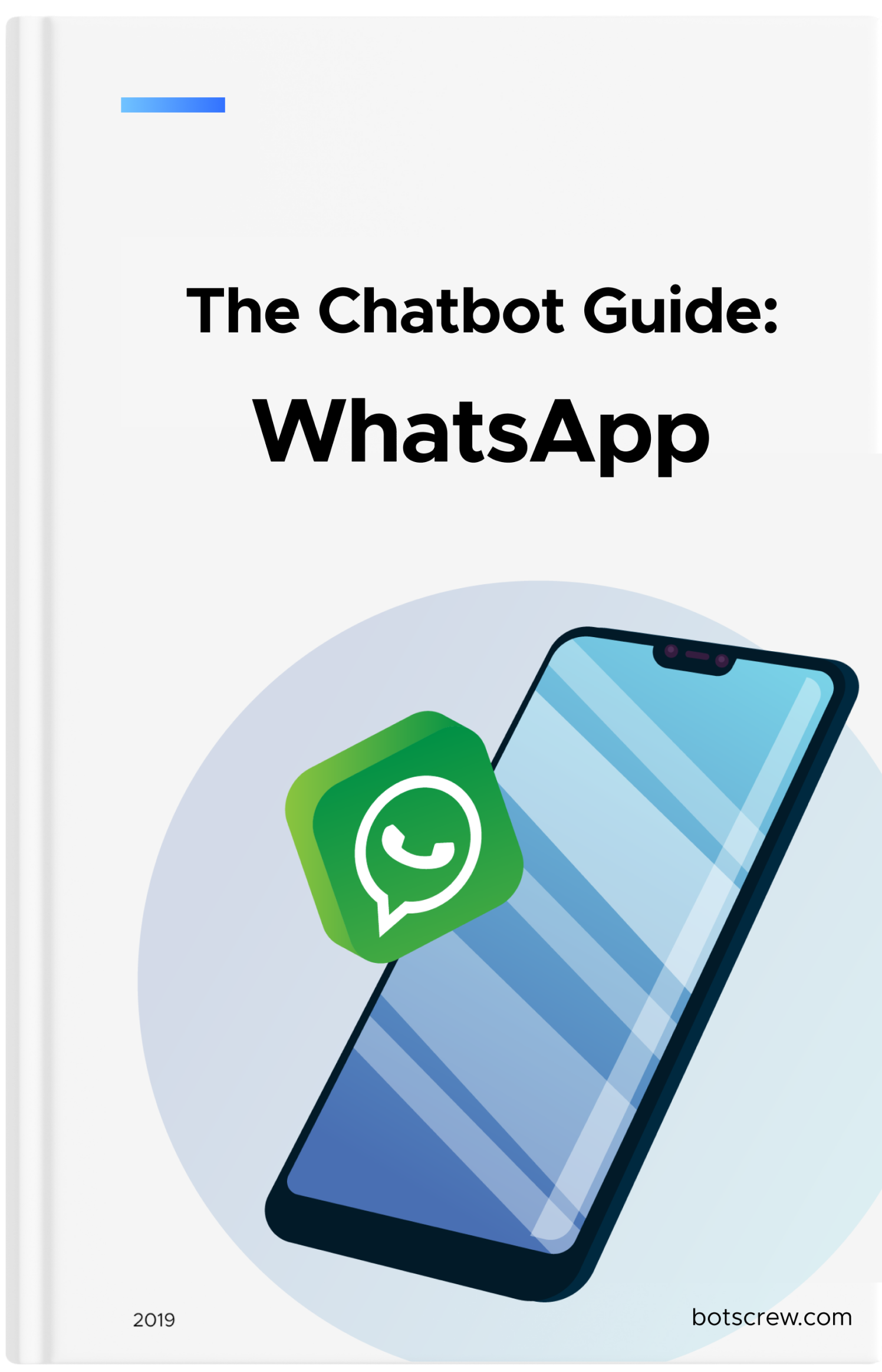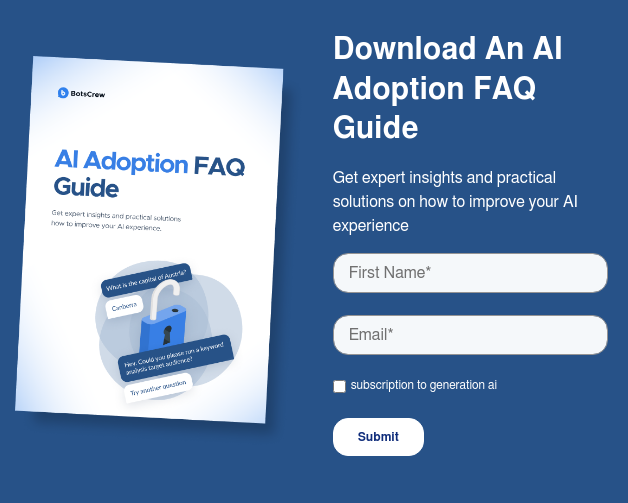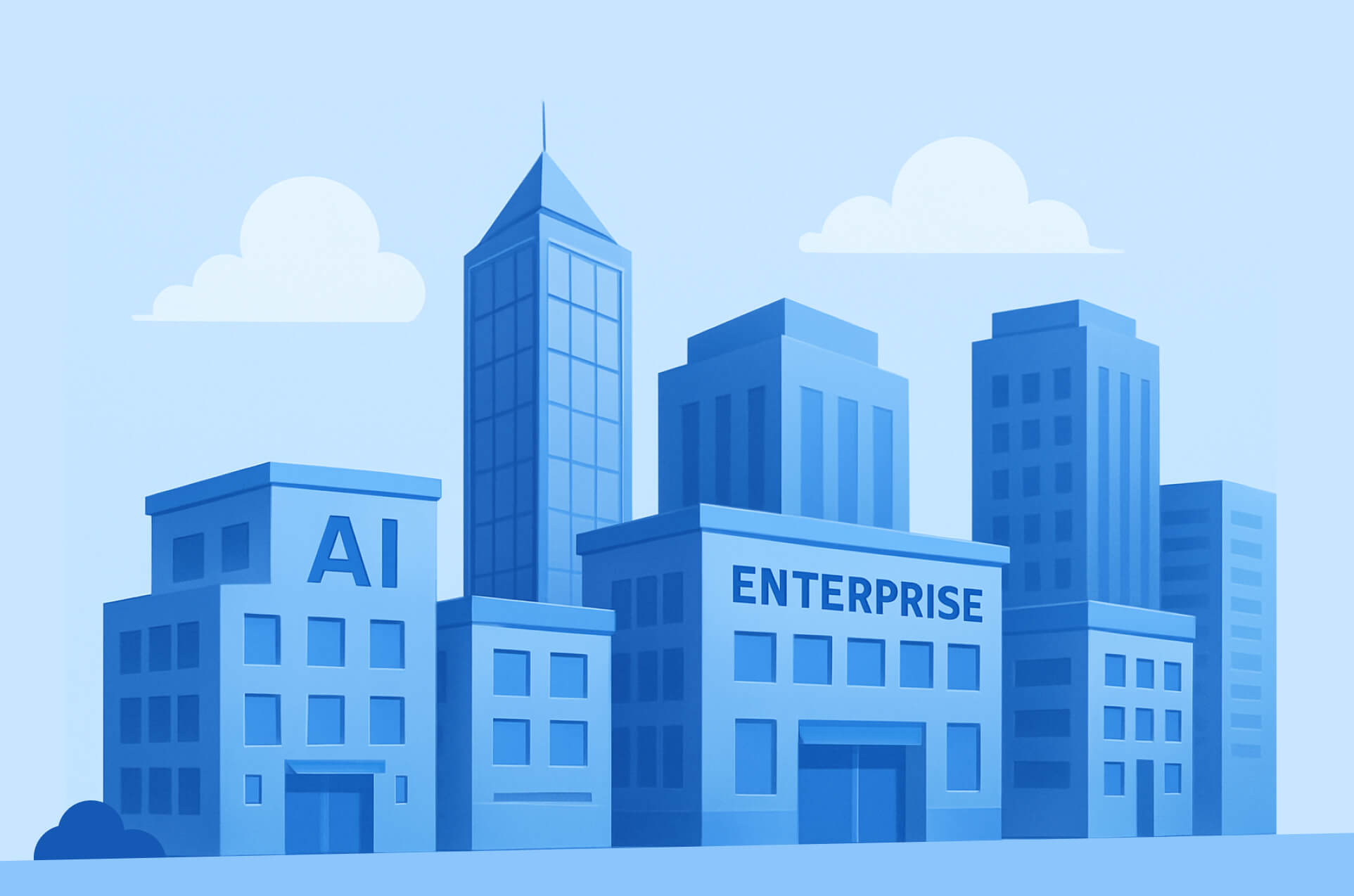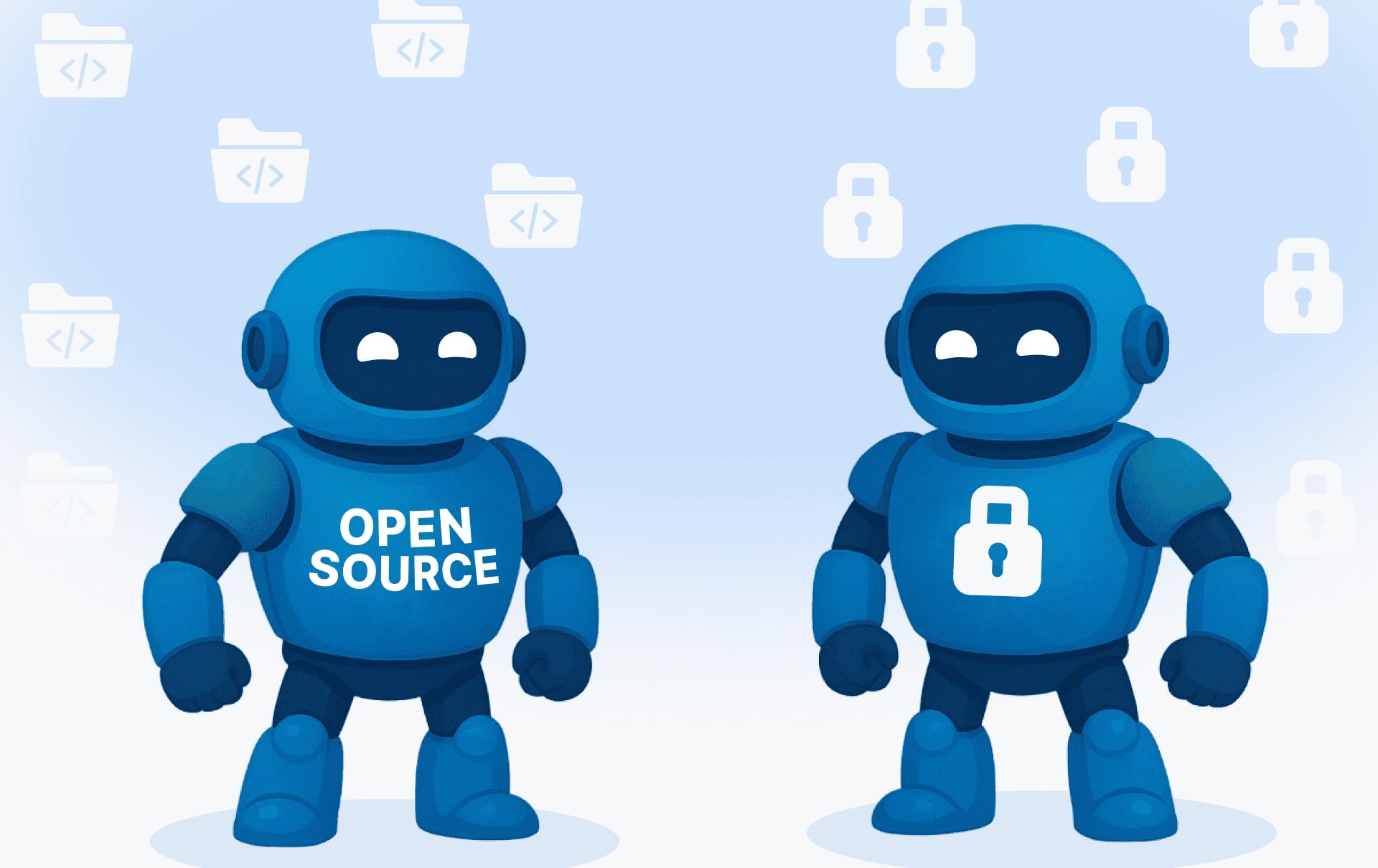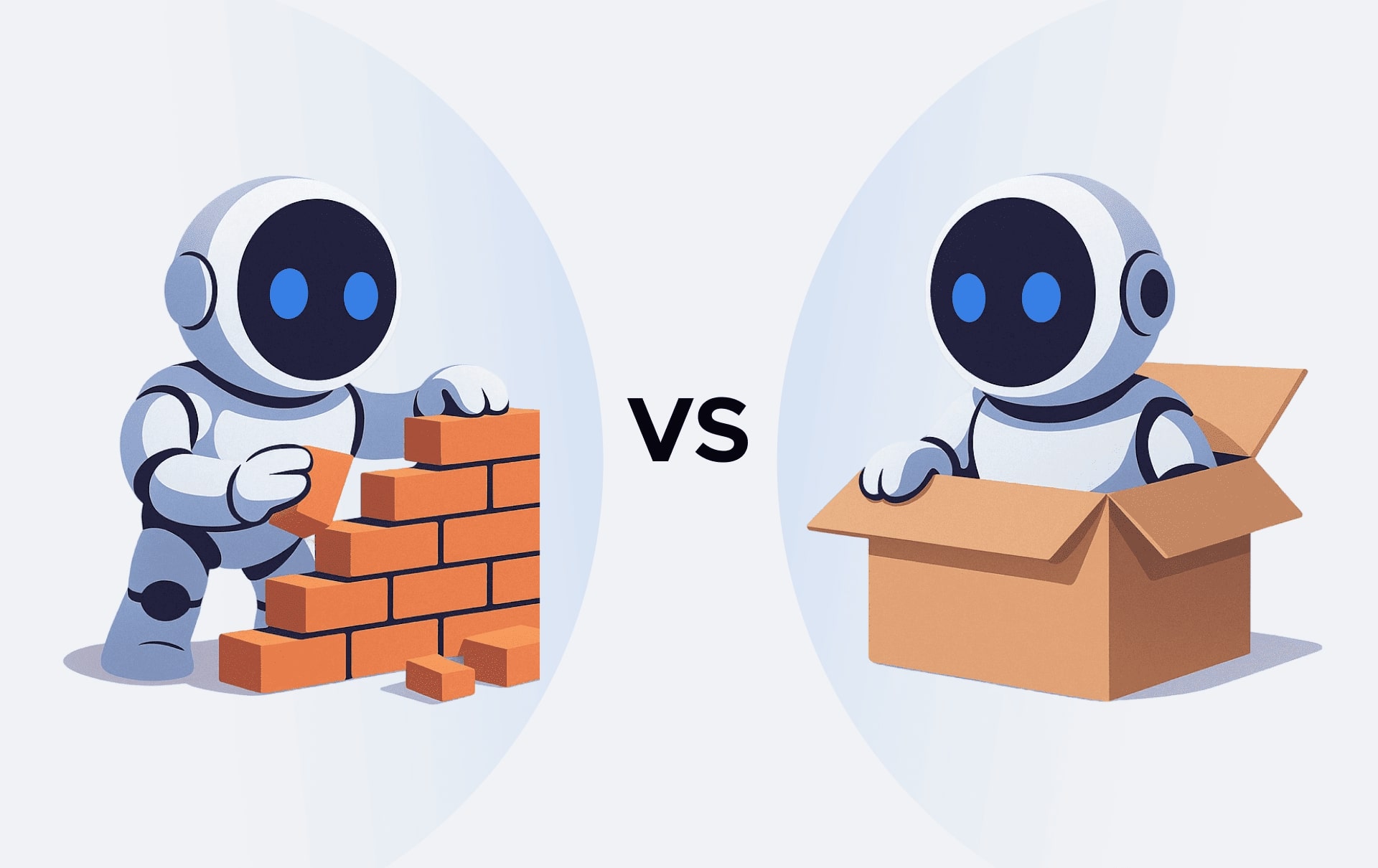How to Define AI Requirements and Create a Winning RFP
To launch a successful enterprise AI project, it’s not enough to have a big idea - you need a clear roadmap. This guide walks you through how to define AI project requirements and create a strategic RFP that attracts the right development partner and sets your initiative up for success.
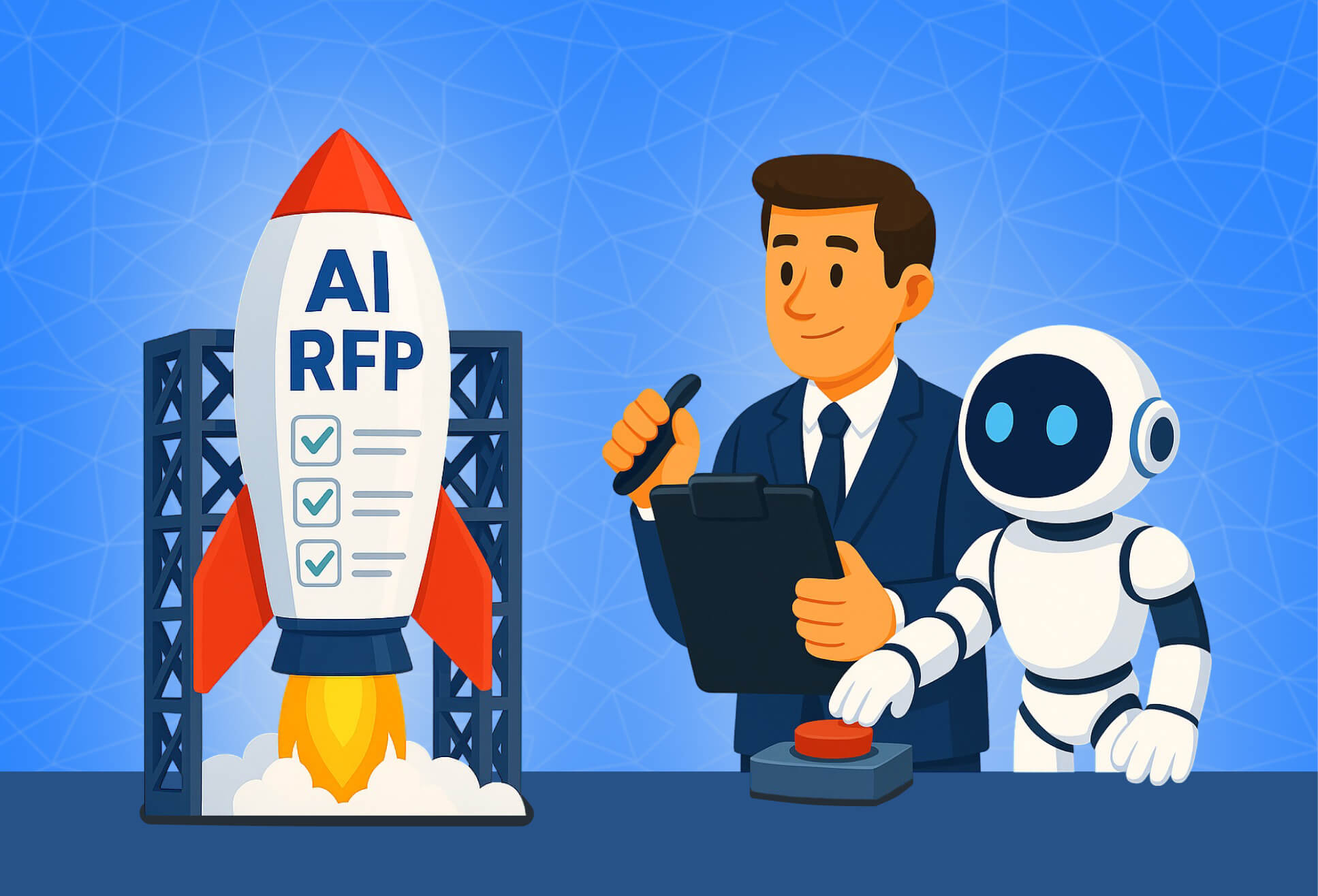
Implementing AI in the enterprise is no longer a futuristic goal—it's a competitive necessity. But despite growing enthusiasm, many AI initiatives fail before they even begin. Why? Poorly defined goals, vague requirements, and unclear expectations.
By some estimates, more than 80 percent of AI projects fail.
Research by Rand* found 5 key causes of the failure of AI projects:
- Misalignment: industry stakeholders often misunderstand or miscommunicate - what problem needs to be solved using AI.
- Insufficient data: Many initiatives collapse due to a lack of quality data needed to train reliable models.
- Tech-first mindset – Some organizations prioritize using cutting-edge AI over addressing real user needs.
- Weak infrastructure – Inadequate systems for managing data and deploying models can derail even promising projects.
- Unrealistic expectations – Applying AI to problems beyond its current capabilities often leads to failure.
If you're planning to implement AI, your success depends on a solid foundation: understanding the AI development process, clearly defining project requirements, and crafting a strategic RFP (Request for Proposal) that attracts the right partners. This guide walks you through each step.
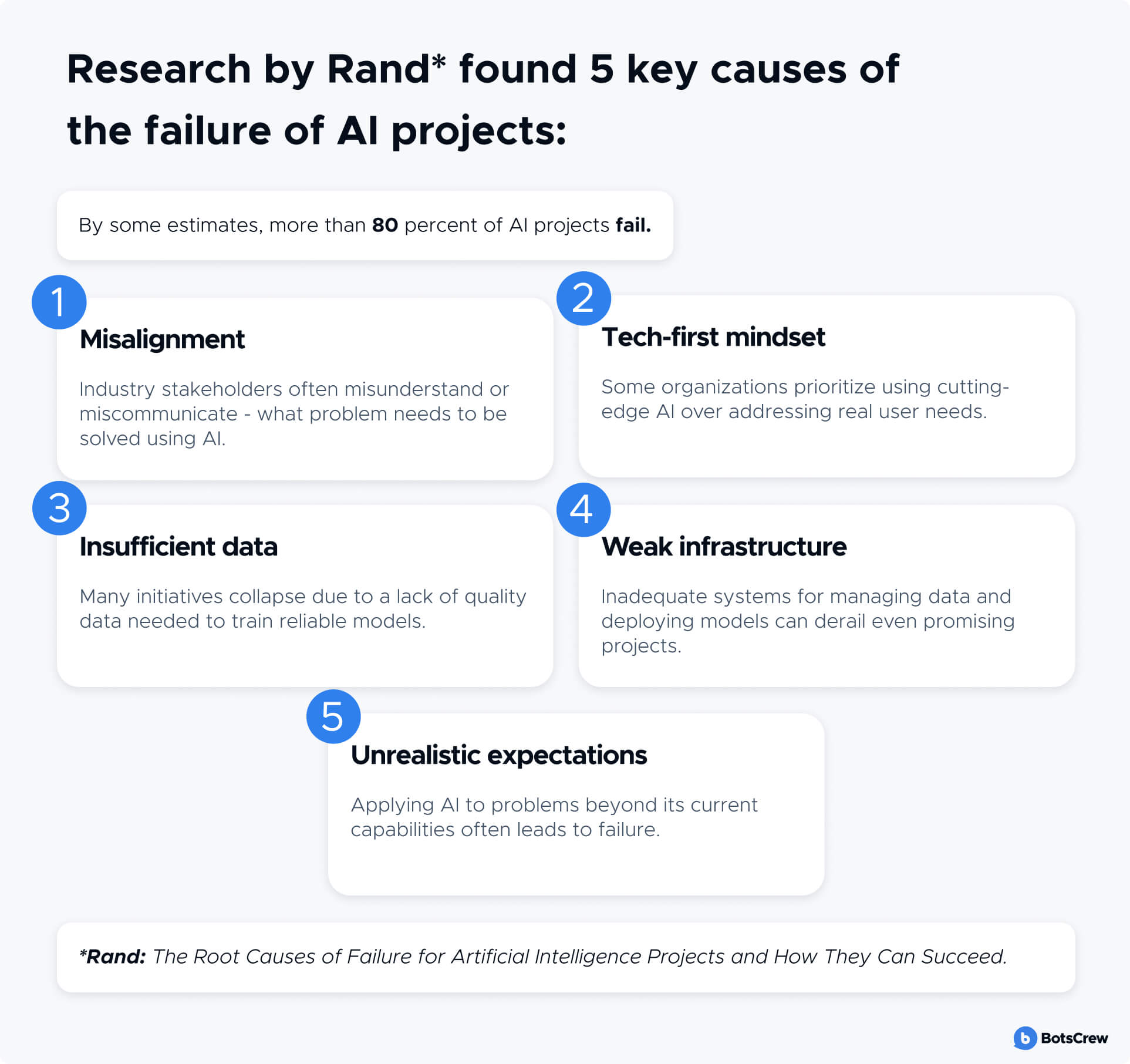
1. Understanding the AI Lifecycle in Enterprise Projects
Enterprise AI projects, from intelligent chatbots to advanced predictive analytics, follow a structured series of phases known as the AI lifecycle or AI project cycle. Successful execution requires clarity, especially at the requirements stage, to ensure each subsequent step builds toward achieving strategic business objectives.
Here’s a breakdown of these critical stages:
1. Ideation & Business Case Development
Every AI initiative begins with clearly identifying business problems and opportunities. Leaders, such as CTOs and CIOs, must align AI projects with strategic business goals. A compelling business case outlines expected benefits, potential ROI, risks, and necessary resources, providing justification and clear direction.
Key Activities:
- Identify business needs and strategic alignment
- Evaluate potential impact and feasibility
- Develop comprehensive business case documentation
2. Requirements Gathering
The clarity and accuracy of AI requirements directly influence project outcomes. Requirements gathering involves detailed stakeholder interviews, defining clear objectives, outlining success criteria, and specifying technical constraints and data needs.
Key Activities:
- Stakeholder workshops and interviews
- Technical and data requirements documentation
- Defining measurable success criteria
3. Proof of Concept (PoC)
A PoC helps validate the feasibility of the AI initiative, typically involving a simplified model or a prototype. It demonstrates technical viability and allows stakeholders to visualize potential outcomes, ensuring alignment before full-scale development.
Key Activities:
- Develop simplified AI models or prototypes
- Validate feasibility and performance
- Present outcomes and refine project scope based on feedback
4. Development & Integration
Following a successful PoC, the project moves into detailed AI development. Here, specialized AI teams build comprehensive models, algorithms, and integrations necessary for deployment within existing enterprise systems.
Key Activities:
- AI model development and iterative improvements
- Integration with enterprise applications and infrastructure
- Cross-functional team collaboration
5. Testing & Deployment
Rigorous testing is crucial to ensure accuracy, reliability, and robustness of the AI system. Deployment involves transitioning the AI solution from a controlled development environment into the live operational environment.
Key Activities:
- Comprehensive model testing and validation with QA test automation tools
- User acceptance testing (UAT)
- Gradual rollout and final deployment into production
6. Monitoring & Scaling
Post-deployment, monitoring AI performance ensures the system meets ongoing business needs. Effective scaling enables expansion across more business units or functionalities, leveraging lessons learned for continuous improvement.
Key Activities:
- Continuous performance monitoring
- Ongoing model refinement and retraining
- Strategic scaling and deployment across additional use cases
A strong AI implementation plan, grounded in clear requirements, positions enterprises for success. This structured lifecycle approach ensures alignment across all project stakeholders - from technical teams to executive sponsors - enabling efficient execution and impactful business outcomes.
For enterprises in industries such as healthcare, automotive, e-commerce, digital agencies, and travel, adopting a disciplined lifecycle approach is essential for leveraging AI effectively.
By clearly understanding each phase - from ideation and requirements gathering through monitoring and scaling - companies can confidently navigate their AI development journey, achieving transformative business results.
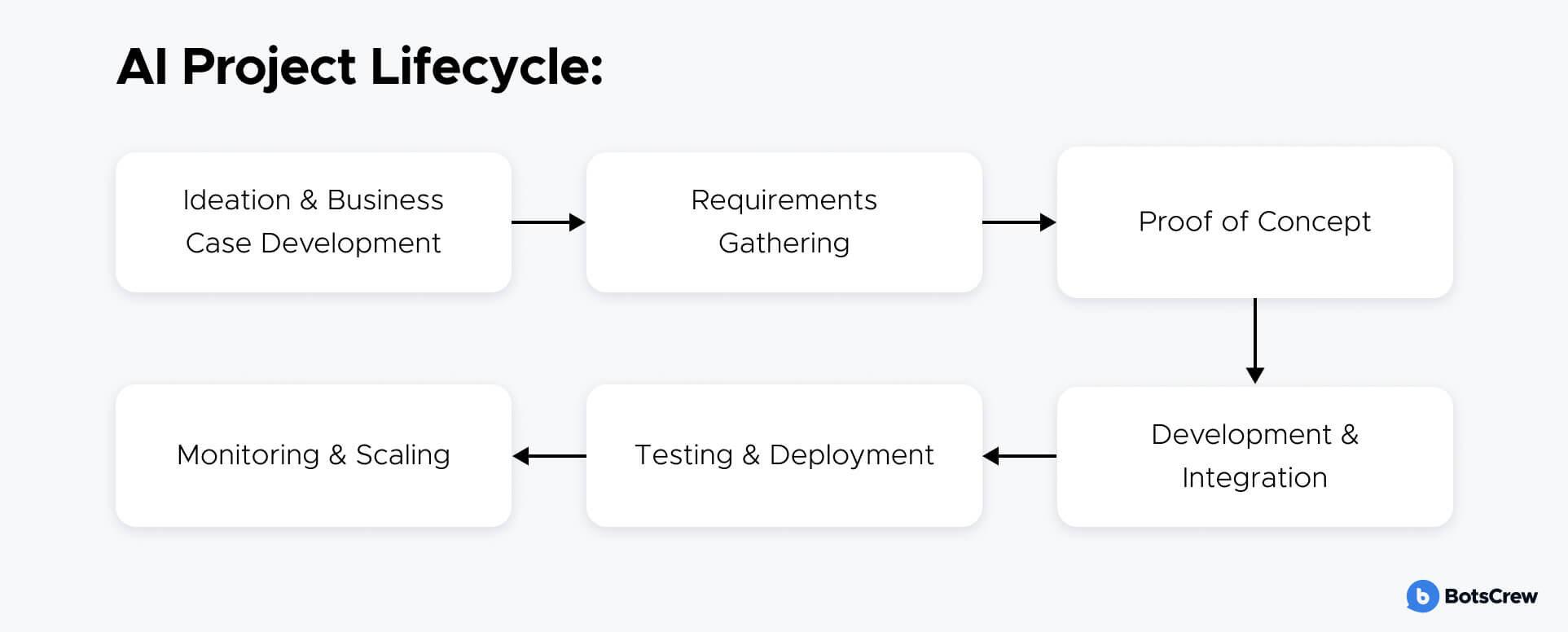
2. Define Use Cases and Project Scope
Before initiating requirement gathering or drafting a Request for Proposal (RFP), it's essential to clearly define the problem your AI project aims to address. Effective enterprise AI development is anchored in a well-defined, high-impact, and feasible use case.
Tips to Identify the Right Use Case:
1. Focus on repetitive, data-driven tasks: AI excels at automating and optimizing routine tasks where data-driven decisions are frequent and consistent.
2. Evaluate data availability and quality: Reliable, structured data significantly influences AI performance and success. Ensure you have access to relevant, high-quality data for your chosen use case.
3. Align with strategic objectives: Select AI use cases that directly support core business goals, such as cost reduction, improved customer satisfaction, or operational efficiency.
Potential Use Case Examples:
- Intelligent virtual assistants: Automate customer support and internal queries, enhancing responsiveness and customer experience.
- AI agents for customer service: Streamline interactions and reduce response times by handling routine customer inquiries efficiently.
- Document automation: Reduce manual data entry and errors by automating document processing tasks.
- Workflow optimization: Enhance efficiency by automating workflow steps, reducing delays, and improving overall productivity.
Defining clear use cases and scope sets the foundation for successful AI initiatives, ensuring projects remain targeted, measurable, and aligned with business priorities.
Not sure where to start? Book a free discovery call. Identify high-impact, AI-ready use cases tailored to your business goals.
3. Gather and Structure AI Requirements
In enterprise AI development, a crucial yet often underestimated phase is gathering and structuring AI requirements. Neglecting or rushing this step can lead to mismatched solutions, wasted resources, and project failure. For CTOs, CIOs, CAIOs, heads of digital transformation, and procurement managers, creating comprehensive AI requirements is foundational to a successful AI implementation plan.
Why Precise Requirements Matter
Clear, structured AI requirements set the stage for the entire AI development process. They ensure alignment across stakeholders, inform vendor selection, and provide measurable success metrics. Missing or incomplete requirements frequently result in costly scope creep, unsatisfactory vendor solutions, and challenges in integration.
Core Categories of AI Requirements
To structure requirements effectively, focus on three primary categories:
1. Business Requirements
Business requirements define the core purpose and expected outcomes of your AI initiative.
Problem Statement and Success Metrics: Clearly articulate the problem AI will solve and how you'll measure success (e.g., reduced processing time, increased customer satisfaction).
Stakeholders and End-users: Identify who will interact with or benefit from the AI solution, ensuring their needs and concerns are captured.
Desired Outcomes and Constraints: Define specific goals and operational limitations, such as regulatory compliance, budget constraints, or timeline expectations.
2. Functional Requirements
Functional requirements describe precisely what the AI agent must accomplish:
Capabilities: Specify tasks the AI agent will handle, such as answering FAQs, processing claims, analyzing data, or automating workflows.
System Integrations: Outline how the AI solution will interface with existing enterprise systems (CRM, ERP, or EHR systems), crucial for streamlined operations.
3. Technical Requirements
Technical requirements address infrastructure and compliance aspects crucial for implementing AI successfully:
AI Models: Specify preferred AI models (e.g., GPT-4, Claude) or frameworks tailored to your needs.
Infrastructure: Decide on cloud-based, on-premises, or hybrid environments considering factors such as scalability, security, and regulatory requirements. Consider if you want to use open source vs proprietary AI.
Data Handling Policies: Clearly state data privacy, security standards, and compliance requirements, especially critical in sensitive sectors like healthcare and finance.
Structuring Your AI Requirements
Use structured formats such as tables, checklists, or bullet points to clearly present your requirements. This approach improves readability, ensures nothing is overlooked, and facilitates stakeholder validation.
Example Structure:
Problem Statement: Automate customer service interactions to reduce response time by 50%.
Functional Requirement: AI agent must handle common customer queries and escalate complex issues to human operators seamlessly.
Technical Requirement: Integration with Salesforce CRM; preferred cloud deployment on AWS; compliance with GDPR and HIPAA.
Validating Requirements Internally
Before proceeding to vendor engagement, ensure internal validation from all relevant stakeholders. This collaborative review helps to surface potential oversights, ensures broader alignment, and improves the success rate of your AI initiatives.
Moving Forward with Confidence
By rigorously gathering and structuring AI requirements, enterprises position themselves for smoother vendor engagements, clearer implementation roadmaps, and ultimately, greater success across every stage of the AI project cycle. Begin your enterprise AI development on solid ground—invest in clearly structured AI requirements today.
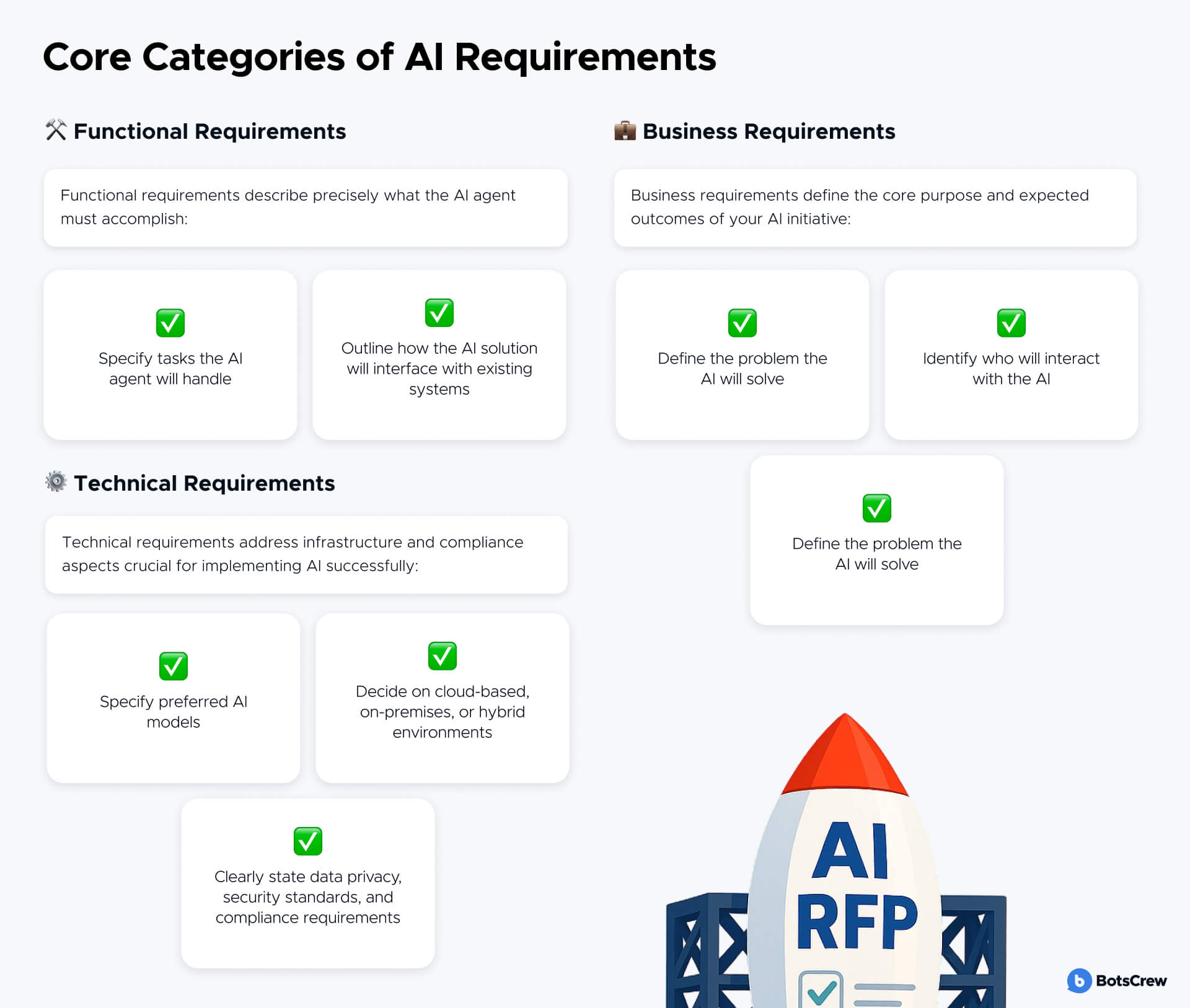
4. Craft a Clear, Strategic RFP
An effective Request for Proposal (RFP) can make or break the success of your enterprise AI initiative. It is the critical document that communicates your project's scope, expectations, and evaluation criteria, ensuring you attract the most qualified AI development partners. Here’s how to craft a clear, strategic RFP that sets your AI project up for success.
Why a Strategic RFP Matters
Enterprise AI projects, particularly those involving AI agents, require precise planning and clear communication. A strategically crafted RFP reduces ambiguity, aligns expectations, and facilitates a streamlined selection process.
Essential Components of a High-Impact AI RFP
When drafting your RFP, ensure it covers these key sections:
1. Executive Summary and Project Background
Provide an overview that clearly articulates the project's purpose, context, and strategic importance. Include:
- The business problem you're solving
- Desired outcomes and success metrics
- Stakeholders and end-user information
2. Detailed Requirements
Clearly defined requirements are foundational to a successful AI implementation plan:
- Business Requirements: Outline your objectives, stakeholders involved, and success criteria.
- Functional Requirements: Specify precisely what the AI agent must accomplish (e.g., automate customer service, streamline claims processing).
- Technical Requirements: Identify preferences for specific AI models, infrastructure (cloud/on-premise), and compliance or data handling regulations.
3. Timeline and Milestones
A realistic and structured timeline ensures alignment with your partner's capabilities. Include key milestones such as:
- Requirements validation
- Proof of Concept (PoC)
- Development and integration phases
- Testing and deployment
- Monitoring, scaling, and maintenance
4. Budget Guidelines
Providing a budget range or guideline, when feasible, allows vendors to propose realistic solutions aligned with your financial expectations.
5. Proposal Evaluation Criteria
Clearly outline how you'll assess vendor proposals to ensure transparency and alignment. Common evaluation criteria include:
- Relevant Past Experience: Successful AI deployments in similar industries or use cases.
- Technical Approach: Feasibility, innovation, scalability, and flexibility of proposed solutions.
- Team Composition and Communication: Qualifications, experience, and the vendor's communication and project management practices.
- Support and Maintenance: Ongoing technical support, training offerings, and future scaling options.
Common Mistakes to Avoid
While specificity is essential, avoid overly prescriptive requirements that limit creativity or innovation. Rather than specifying exact tech stacks, emphasize outcomes, performance, and capabilities. This approach ensures vendors have the flexibility to propose the most efficient and effective solutions based on their expertise.
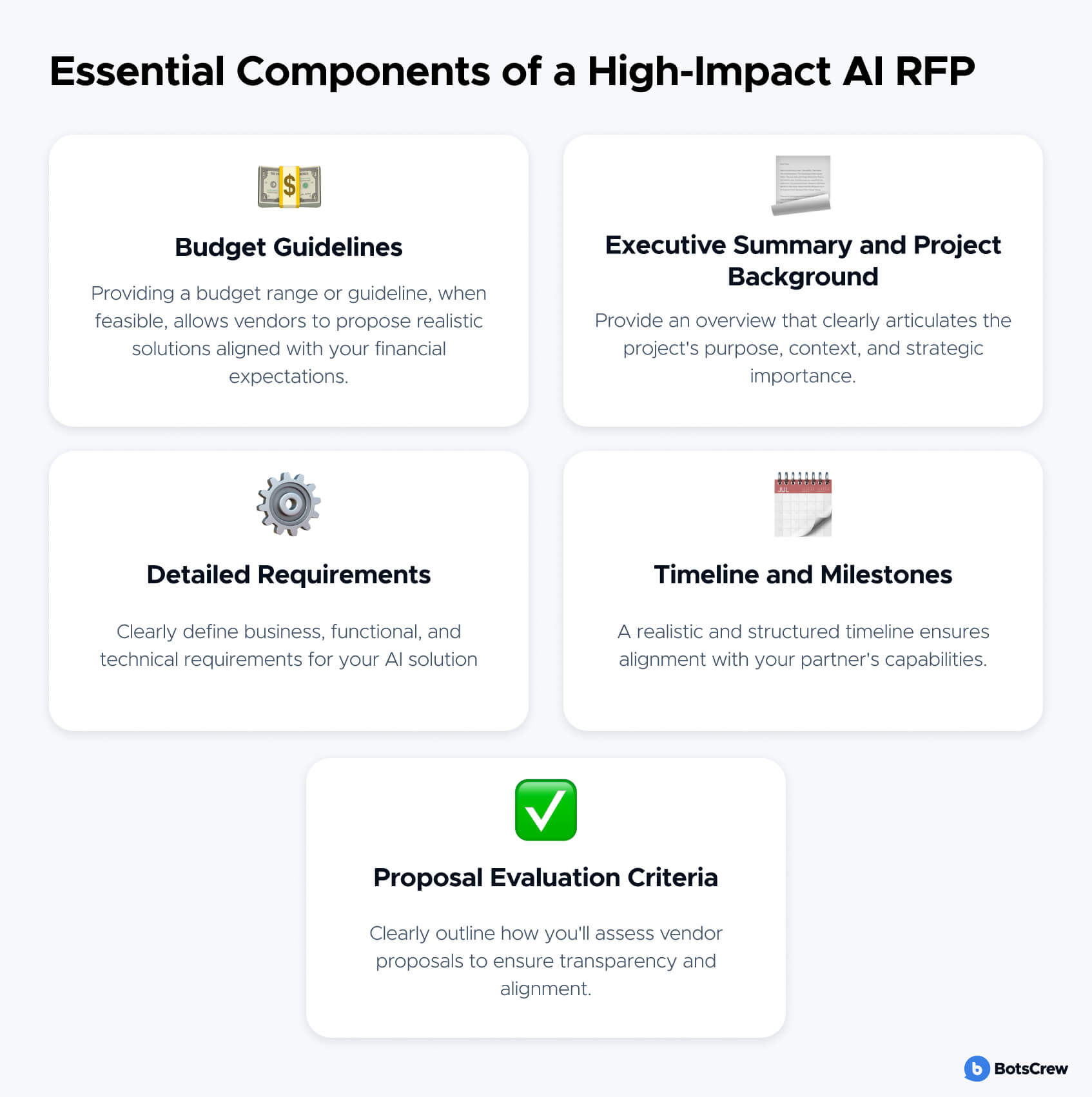
5. Selecting the Right AI Development Partner
Choosing an AI development partner isn’t just about checking boxes—it’s a strategic decision that can make or break your AI initiative. As enterprises increasingly integrate AI into core operations, the right partner should be more than a service provider - they should be a trusted advisor who understands your business goals, tech environment, and the full AI development lifecycle.
Here’s what to look for when evaluating potential vendors:
1. Proven Experience in Enterprise AI Development
Your ideal partner should bring hands-on experience building and scaling AI solutions for enterprise environments. Look for:
- Case studies across relevant industries
- Familiarity with enterprise-grade requirements like scalability, security, and compliance
- Expertise with generative AI, AI agents, voice interfaces, and advanced integrations
Why it matters: AI projects in large organizations involve complex data flows, strict security protocols, and multiple stakeholders. A partner who’s been through this before can anticipate challenges and accelerate success.
2. Customization and Integration Capabilities
AI is not one-size-fits-all. A good partner tailors solutions to fit your existing systems (CRM, ERP, knowledge bases, etc.) and your strategic objectives.
What to ask:
- Can they integrate with your current tech stack?
- Do they offer modular architectures or flexible APIs?
- Can they work with your internal teams and third-party vendors?
Why it matters: Off-the-shelf tools rarely deliver enterprise-grade results. You need a partner that can embed AI into your workflows—not force you to adapt to theirs.
3. Transparent Communication and Collaboration
The best partnerships are built on clarity and trust. Look for a vendor that prioritizes open communication, sets realistic expectations, and provides visibility into progress at every stage.
Indicators of a strong collaboration mindset:
- Regular project updates and milestone check-ins
- Clearly defined roles and responsibilities
- Collaborative workshops during ideation and requirement gathering
Why it matters: AI development is iterative and exploratory. Without strong communication, delays and misalignment are almost guaranteed.
4. Support Beyond the Build: Training, Adoption & Change Management
Even the most advanced AI system will fail if users don’t embrace it. The right partner helps ensure adoption by providing:
- Onboarding and training for employees or customers
- Knowledge transfer and internal capability building
- Ongoing support and iteration post-launch
Why it matters: AI implementation isn’t purely technical—it’s human. Teams need to understand, trust, and know how to use the new tools to unlock their full value.
5. Advisory Approach, Not Just Development Services
A true AI partner goes beyond coding. They challenge assumptions, co-create solutions, and help you make informed decisions at every stage—from business case validation to post-launch optimization.
What to look for:
- Willingness to push back and offer strategic input
- Experience designing end-to-end AI roadmaps
- Ability to align tech with business KPIs
Why it matters: You don’t just need builders—you need thinkers who can guide you through the complexities of enterprise AI transformation.
Final Thoughts
The right AI development partner is a force multiplier. They help you move faster, avoid costly mistakes, and deliver real business value—not just prototypes. When evaluating vendors, don’t settle for technical proficiency alone. Look for a partner who can bridge strategy and execution, understands enterprise challenges, and is committed to long-term success.
Not Sure Where to Start? Let's Talk. Get expert guidance on AI requirements, vendor selection, and implementation best practices.




